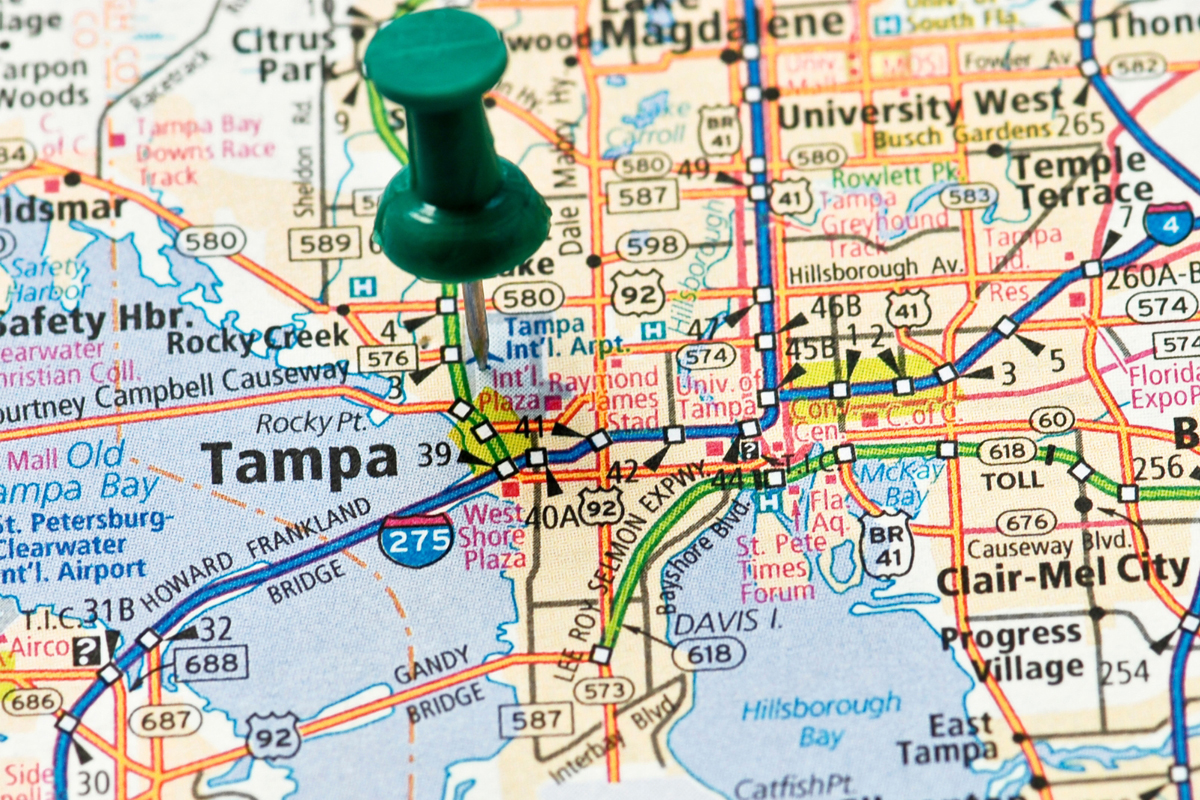
Most small businesses don’t have unlimited budgets. And in 2025, every dollar spent on digital ads has to work harder than ever. That’s where geo-targeting comes in. Done right, it helps you get your offer in front of the right people in the right places, and avoid wasting money on impressions that will never convert.
If you’ve been running broad campaigns or haven’t fine-tuned your targeting lately, here’s how you can use geo-targeting to stretch your ad spend further and drive better ROI.
What Is Geo-Targeting and Why Does It Matter?
Geo-targeting lets you serve ads to users based on their specific physical location, whether that’s by ZIP code, city, radius, or even a custom-drawn area on the map. In platforms like Google Ads and Meta Ads, it’s one of the most powerful levers you can pull to tighten up performance.
In Florida, where demographics and demand vary from city to city, targeting a neighborhood in Tampa is not the same as reaching users in Ocala, Naples, or Fort Lauderdale. The more intentional your targeting, the more relevant your ads become, and the less you waste.
Geo-Targeting Tips That Deliver ROI
1. Start Narrow, Then Expand
Many businesses mistakenly start too broad, thinking it will help them reach more customers. But broad reach often leads to broad waste.
What to do:
- Begin with your highest-converting ZIP codes or neighborhoods.
- Watch performance and cost per lead before expanding to surrounding areas.
- Only widen your radius once your core zones are profitable.
2. Use Radius Targeting Strategically
If you serve clients within a set distance (like a plumber or lawn care company), use radius targeting, but don’t just guess.
Pro tip: Look at where your past customers are located and match your radius to areas with real demand. In Florida, a 10-mile radius can mean two very different audience types depending on traffic, bridges, and geography.
3. Create Location-Specific Ad Copy
If your ads reference the user’s city or region, they’ll often get more engagement and better quality scores.
For example:
- “Trusted Clearwater Electricians Available Today” will usually outperform “Top Florida Electricians Near You.”
- Use dynamic keyword insertion or city-specific campaigns to improve local relevance.
4. Exclude Low-Performing Areas
Geo-targeting isn’t just about who you include, it’s also about who you leave out.
What to do:
- Review your campaign reports and filter by location.
- Pause ZIP codes or cities where CPC is high but conversions are low.
- Reallocate budget to your top-performing markets.
This alone can cut costs significantly.
5. Use Dayparting With Local Targeting
Some regions behave differently depending on time of day. In Florida, you may find leads from Miami spike mid-morning, while others in rural counties engage better on weekends.
Use ad scheduling to align your campaigns with high-intent windows in specific areas.
6. Don’t Forget About Mobile Geo-Fencing
For in-person businesses (like dental offices, restaurants, or local stores), you can use geo-fencing on mobile devices to create ultra-precise campaigns. These target users who physically enter a location, such as your competitor’s parking lot, and serve them relevant ads shortly after.
This is especially effective in Florida tourism zones or shopping districts.
Geo-Targeting Mistakes to Avoid
- Setting and forgetting your location settings – performance shifts over time.
- Relying on state-wide targeting for niche services – this wastes spend fast.
- Not localizing your landing pages – geo-targeted traffic needs locally relevant content to convert.
- Overlapping audiences – if you run overlapping radius or city-based campaigns, your campaigns might compete against each other and drive up CPCs.
Use Cases: Florida Examples
| Business Type | Geo-Targeting Approach |
|---|---|
| Roofing Company in Tampa | Target specific Tampa Bay neighborhoods with older homes |
| Pest Control in Central Florida | Focus on ZIP codes with high mosquito activity or seasonal demand |
| CPA in St. Petersburg | Target business-heavy districts during tax season |
| Home Builder in Sarasota | Exclude rural counties outside build area |
| Restaurant in Clearwater Beach | Use radius targeting + dayparting for peak tourist hours |
Geo-targeting isn’t just a checkbox, it’s a high-impact optimization strategy. By narrowing your focus, eliminating waste, and tailoring your messaging, you can stretch every dollar and attract the leads most likely to convert.
In competitive Florida markets, the businesses that win aren’t always the ones that spend the most, they’re the ones that spend the smartest.
Need help optimizing your ad campaigns in Florida? Our digital marketing team specializes in geo-targeted strategies that cut costs and boost results. Let’s talk about making your ad budget go further.

